- Home
- Home Heating
- Wood Pellet Boilers
Wood Pellet Boilers Explained
We’ve all heard of wood pellet boilers, but we often dismiss them as we’ve heard they’re a lot of hassle to look after or they cost a fortune to service and even that they need to be cleaned out every day.
To an extent these are myths and half truths, so I’m going to give you the truth on wood pellet boilers, including the bad side so keep reading.
How do they differ from oil or gas or even other types of biomass boilers.
If you live in a fairly average 4 bed home with average amounts of insulation. You should be able to save in the region of £100-£150 pa if changing from oil and £10-£70 if changing from gas.
If however, you’re changing from electric heating, LPG or coal heating you should be able to save significantly more. Between £490-£880 if switching from electric heating and £300-£460 if moving from coal heating (figures provided by the Energy Saving Trust).
So depending on your existing fuel source you may be able to save a small amount of a significant amount.
If however you can get the RHI (Renewable Heat Incentive) payments, then you could save a lot of money over the next 7 years.
Are Pellet Boilers Expensive?
Anywhere from £4,000 to £21,000 depending on your installation and the size of boiler required.
Typically if you’re just having a boiler fitted and intend to manually feed the pellets into it you should be in the region of £4,000 - £6,000 fitted.
If however you want to install a hopper to store large volumes of pellets (Typically 3.5 tons) and an automated auger to move the pellets into the boiler you could end up spending anywhere from £10,000 - £20,000 depending on the size of boiler required.
Are They Easy to Install?
This will obviously depend on your site. Wood pellet boilers can be 2 - 4 times the size of a typical oil boiler (depending on the manufacturer), so there’s a good chance it may not fit in the same location as your existing boiler.
They can be located in a garage or outside, but in a perfect world you’ll probably want to keep them as close to your house as possible to avoid long runs of pipework before they get into your home as long runs allow for temperature loss before they get into your house.
If you’re relocating your boiler, you’ll need to extend the flow and return pipes from your existing boiler location to the location of your new boiler and you’ll also have to extend the electrical supply to switch the boiler on and off.
If you’re going to add a hopper (to store a large volume of pellets) and auger system (to move the pellets from the hopper to your boiler) then you’re going to need a significant amount of space (probably around 4m x 4m x 3m for everything).
Cost to Run:
Every one will get different figures when it comes to running costs as we all turn our heating on and off at different times and for different durations. We also have different amounts of insulation in our homes. For these reasons it’s difficult to give accurate figures for your home. The figures mentioned above however are a good estimate.
What I can do is share exactly what I spent during the initial 12 month period following the installation of my wood pellet boiler in Dec 2014.
Please note our property is old with solid stone walls and no wall insulation so it will be harder to heat than most homes in the UK.
Grant Aid:
If you live in England, Scotland or Wales you should be able to get RHI (Renewable Heat Incentive) payments. Although check the rates at the time you are thinking of buying as they are reducing all the time and will eventually stop completely.
If you live in N.Ireland, sorry, the RHI closed on the 29th Feb 2016.
Maintenance:
Just like any other type of boiler on the market, pellet boilers need to be serviced annually and typically this costs in the region of £150 per year.
Any additional costs are likely to increase or decrease depending on how well you look after your boiler on a day to day basis.
- Every few days (depending on the season):
load pellets into the boiler, unless you’ve purchased a bulk storage hopper and auger system.
- Weekly or Fortnightly:
You’ll need to clean out the ash tray and depending on the model of boiler. Typically you should only get around 1% of fuel volume in ash, so if you’re getting much more than this there may be an issue and you should speak to your boiler supplier.
Brush the burn pot with a stiff wire brush to prevent ash building up in it.
Advantages:
- They will reduce your CO2 output (helpful for your Energy Performance Certificate score).
- Less hassle than the other types of biomass boilers such as wood chip boilers and log boilers (less ash cleaning and less preparation of the fuel source).
- You may be eligible for RHI payments for 7 years.
- Good savings compared with electric storage heaters (up to £880 p.a.) and coal.
- Burning wood is carbon neutral.
- Pellets are typically made from a renewable fuel sourcesucy as waste wood material that may otherwise go to landfill and trees that can be replanted as others are cut down to make pellets.
- Pellets don’t need to be seasoned like logs.
- Pellets contain less moisture than logs and wood chips so the burning process is more efficient as (moisture has to be burnt off before the fuel is combusted).
Disadvantages:
- Cost.
- Space required - you’ll need to allow space for storage of the pellets, even if you’re going to manually feed the pellets a ton of bags takes up quite a bit of space (c.1m x 1m x 1.8m)
- More hassle - despite improvements in boiler design they are a bit more hassle than a gas or oil boiler as you will need to clean out the ash tray every fortnight or so. Plus, if you don’t have a bulk hopper and auger system you’ll need to load bags of pellets into it every few days over the winter.
Conclusion:
Wood pellet boilers are a bit more hassle than oil or gas boilers but not as much as you might think. Personally I don’t mind having to do a little more work (although I got the maximum RHI payments and got pretty much free heating for 7 years, which was a great motivator).
Pellet boilers can be fitted with relative ease provided you have enough space for the boiler and pellet storage.
They are much greener than an oil or gas boiler and offer a significant reduction in the CO2 readings on your EPC (Energy Performance Certificate) and they use a renewable fuel source as new trees can be planted as the existing ones are harvested. Plus the pellets are zero carbon rated as they give out the same amount of CO2 as the tree absorbed during it’s lifetime.
I don’t want to sway you either way but I hope I’ve provided you with all the advantages and disadvantages of wood pellet boilers and enabled you to make a decision based on your own unique situation and needs.
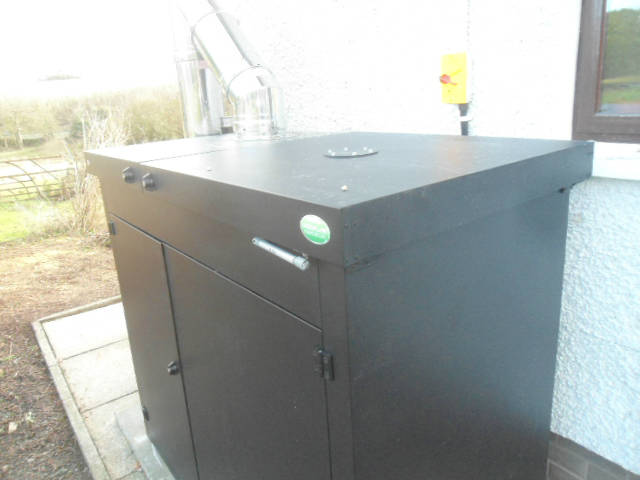
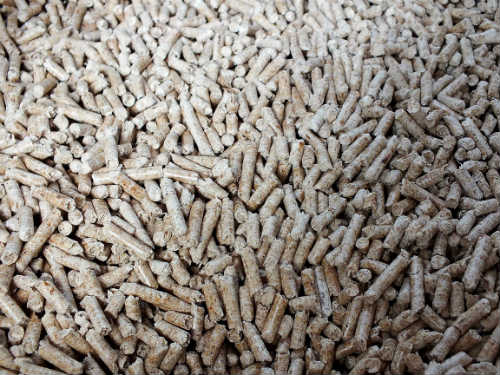
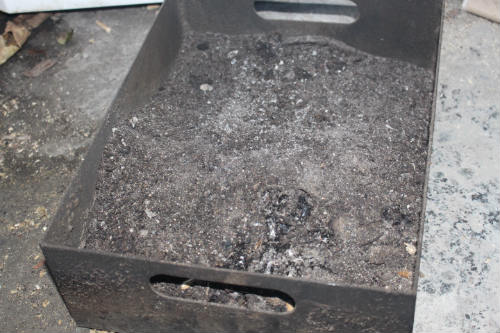
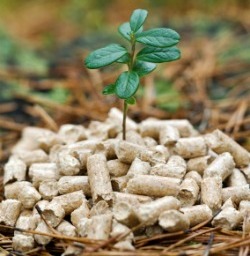


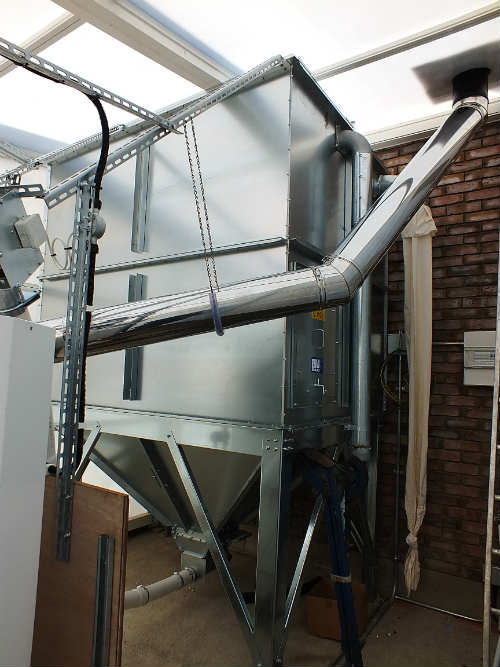
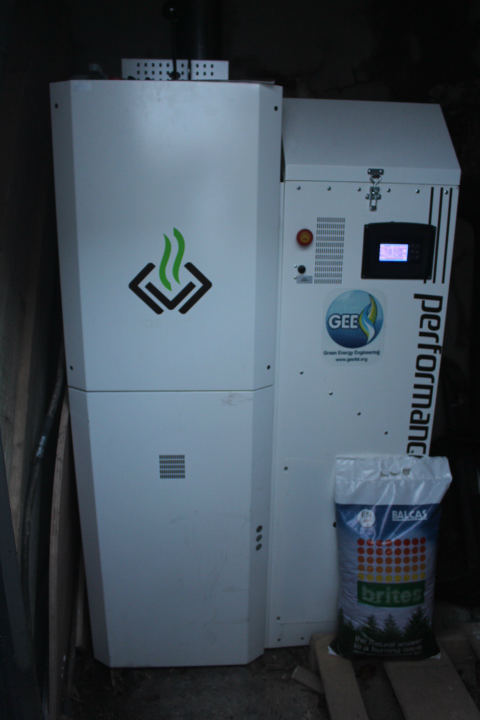
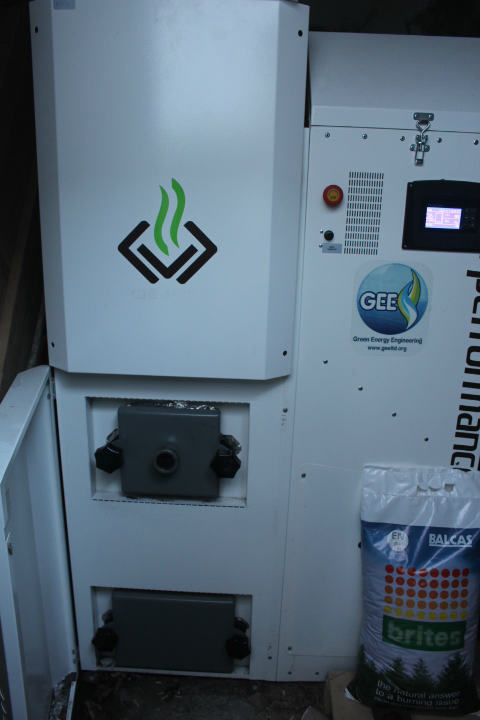







New! Comments
Have your say about what you just read! Leave me a comment in the box below.